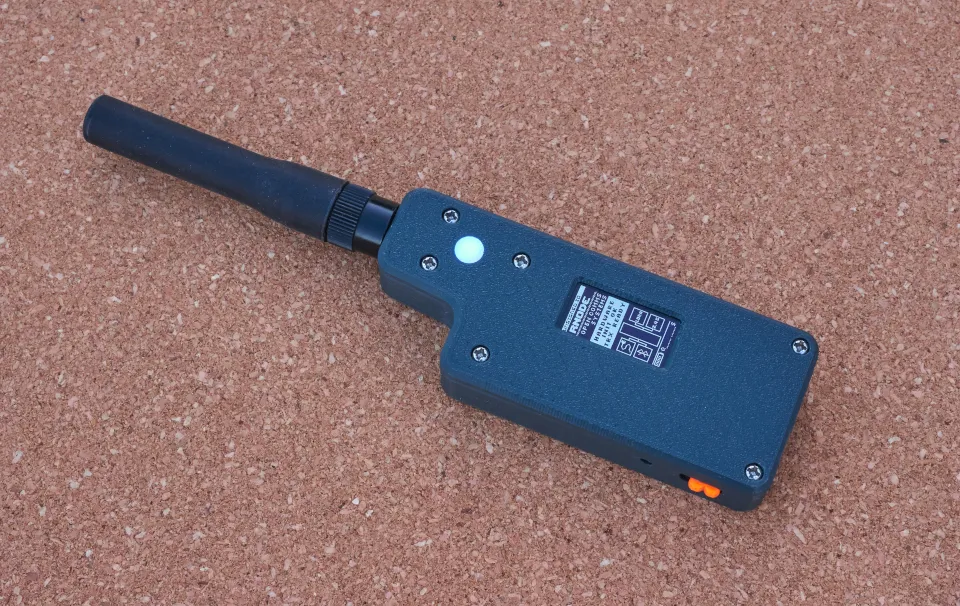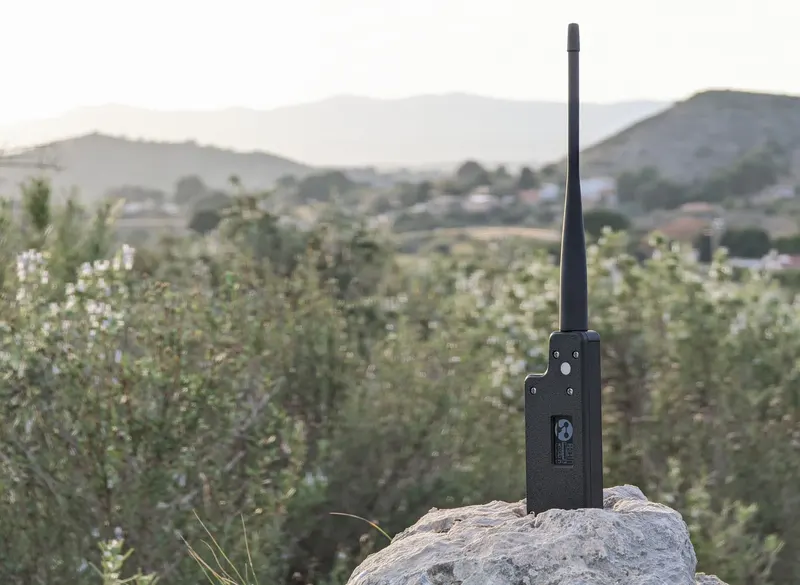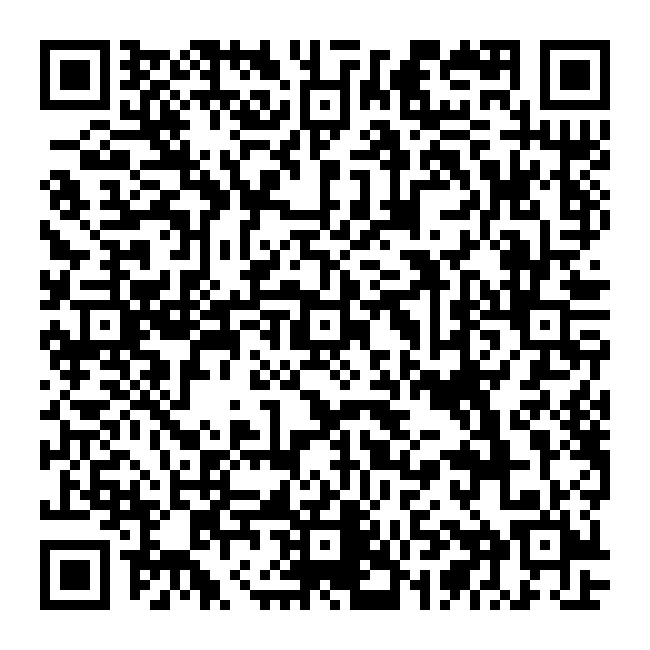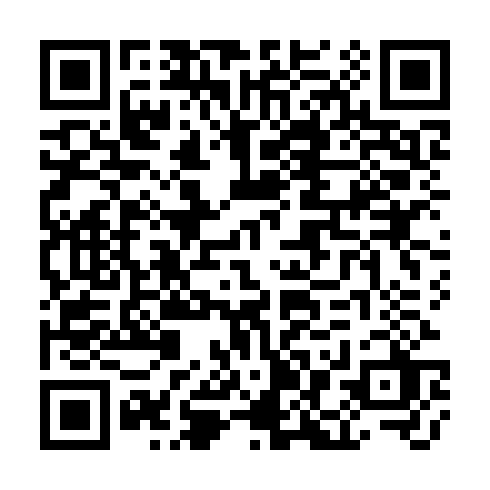
An RNode is an open, free and unrestricted digital radio transceiver. It enables anyone to send and receive any kind of data over both short and very long distances. RNodes can be used with many different kinds of programs and systems, but they are especially well suited for use with the cryptographic networking stack Reticulum.
RNode is not a product, and not any one specific device in particular. It is a system that is easy to replicate across space and time, which produces highly functional communications tools. At the heart of this system is the RNode Firmware and the setup and installation tools included in Reticulum.
The entire RNode and Reticulum system is designed to respect user autonomy and empower individuals and communities to protect their sovereignty, privacy and ability to communicate and exchange data and ideas freely.

The RNode system is primarily software, which transforms different kinds of available hardware devices into functional, physical RNodes, which can then be used to solve a wide range of communications tasks. Such RNodes can be modified and built to suit the specific time, locale and environment they need to exist in.
The RNode design is meant to flexible and hackable. At it's core, it is a low-power, but extremely long-range digital radio transceiver. Coupled with Reticulum, it provides encrypted and secure communications.
Depeding on configuration, it can be used for local networking purposes, or to send messages and data over very long distances. Once you have an RNode, there is a wide variety of possible uses:
If you notice the presence of a circularity in the naming of the system as a whole, and the physical devices, it is no coincidence. Every RNode contains the seeds necessary to reproduce the system, the RNode Bootstrap Console, which is hosted locally on every RNode, and can be activated and accesses at any time - no Internet required.
The designs, guides and software stored within allows users to create more RNodes, and even to bootstrap entire communications networks, completely independently of existing infrastructure, or in situations where infrastructure has become unreliable or is broken.

The production of one particular RNode device is not an end, but the potential starting point of a new branch of devices on the tree of the RNode system as a whole.
This tree fits into the larger biome of Free & Open Communications Systems, which I hope that you - by using communications tools like RNode - will help grow and prosper.
RNodes can be made in many different configurations, and can use many different radio bands, but they will generally operate in the 433 MHz, 868 MHz, 915 MHZ and 2.4 GHz bands. They will usually offer configurable on-air data speeds between just a few hundred bits per second, up to a couple of megabits per second.
The RNode system has been designed to allow reliable systems for basic human communications, over very wide areas, while using very little power, being cheap to build, free to operate, and near impossible to censor.
While speeds are lower than WiFi, typical communication ranges are many times higher. Several kilometers can be acheived with usable bitrates, even in urban areas, and over 100 kilometers can be achieved in line-of-sight conditions.
If you already know someone who makes RNodes, ask them to help you build one. If not, you can learn how to put one together with relative ease.
This site contains a number of guides and resources that will teach you how. Here's some good starting points:
If you would rather just buy a pre-made unit, you can visit my shop and purchase my particular version of the Handheld RNode, which I can assure you is made to the highest quality, and with a lot of care.


